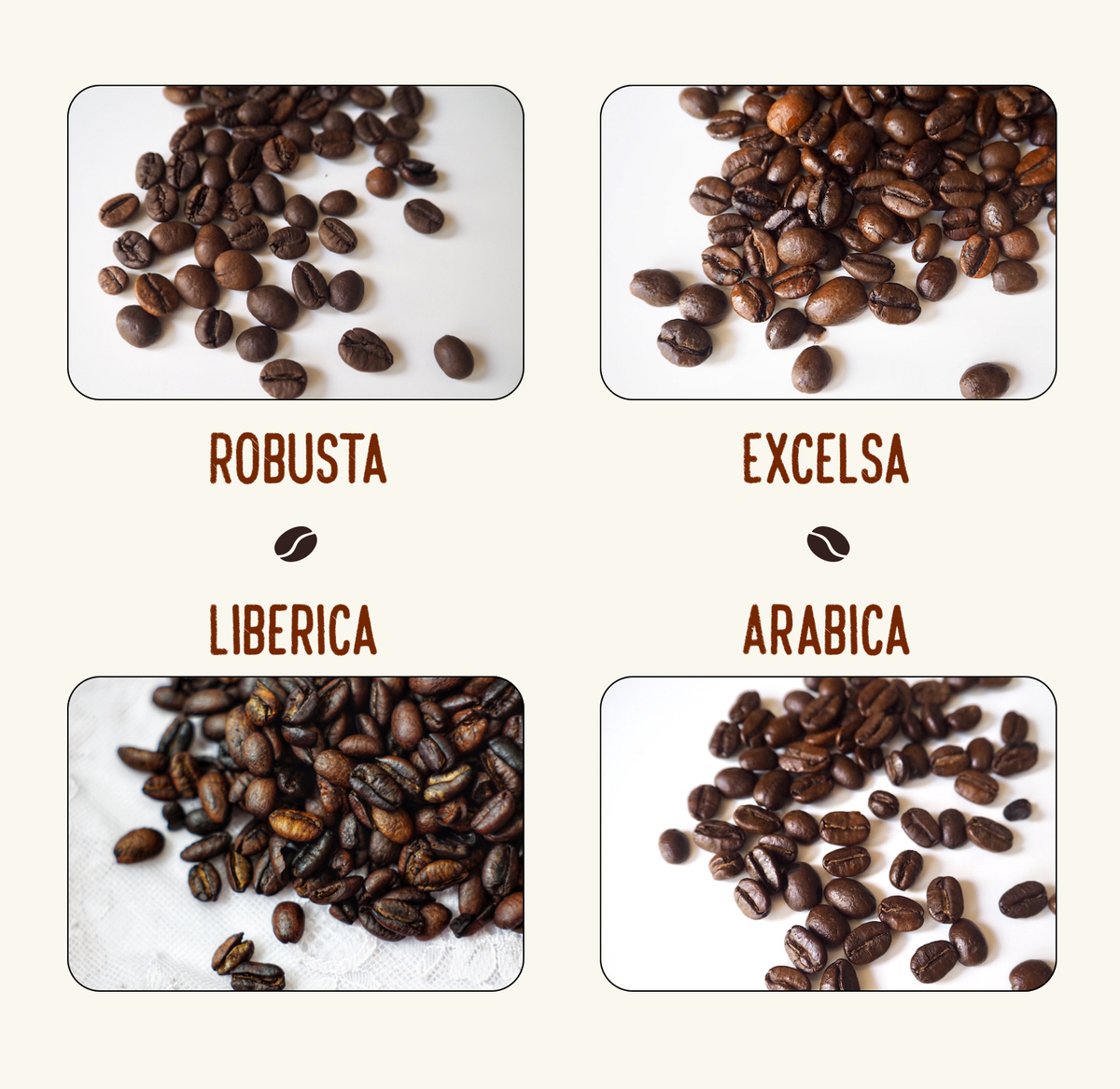
Scientists explain that light roast beans offer a more caffeinated and acidity experience. To add flavors to coffee beans the producer roasts the coffee then in a mixing bin adds food grade flavored oils to the beans and gives them a light coat of the flavored oil.

It is estimated that coffee beans contain over 800 different compounds which contribute to their flavor including sugars and other carbohydrates mineral salts organic acids aromatic oils and methylxanthines a chemical class which includes caffeine.
How do coffee beans get their flavor. Coffee beans are actually picked from trees that grow cherries that contain the coffee beans inside of them. The type of cherries that are picked will actually have a large impact on the way that the coffee tastes. The redder the cherry the more rip it is.
Cherries that are riper will have more flavorful coffee beans inside of them. There are a couple of different ways to flavor coffee beans. The most common ways are with oils and syrups but you can also use spices and alcohol.
These methods are pretty affordable. Theres no need to get specialized equipment. The natural flavors coffee beans possess come from the climate geography terroir bean varietal growing conditions processing methods and roasting type.
Oh and how theyre brewed too. But with artificially flavored beans the process is a bit different. Flavoring oils both natural and synthetic are added to the beans.
It is estimated that coffee beans contain over 800 different compounds which contribute to their flavor including sugars and other carbohydrates mineral salts organic acids aromatic oils and methylxanthines a chemical class which includes caffeine. The beans flavor is a function of where it was grown and how it was roasted. You introduce flavor to the freshly roasted coffee bean after they are roasted and preferably while they are still warm.
Some busy coffee roasters mass roast beans and just add flavor as needed to cold beans per pound. I do not suggest this but it is done with some success. This is going to be a fun one.
You can add any spice you want to create any flavor you want. You add your spices to your beans make sure they are sealed up tightly and put them away for a bit. Youll need at least an hour but longer if you want a richer taste.
Coffee beans undergo a specific roasting process to help release the perfect flavor oil and aroma. While there are various types of coffee beans worldwide Liberica or robusta Arabica accounts for the highest percentage of coffee production. Scientists explain that light roast beans offer a more caffeinated and acidity experience.
To add flavors to coffee beans the producer roasts the coffee then in a mixing bin adds food grade flavored oils to the beans and gives them a light coat of the flavored oil. That oil is them moved through the grounds and into your cup when you brew the coffee. Your beans greatest enemies are air moisture heat and light.
To preserve your beans fresh roasted flavor as long as possible store them in an opaque air-tight container at room temperature. Coffee beans can be beautiful but avoid clear canisters which will allow light to compromise the taste of your coffee. To flavor beans they use a concentrated oil that has the specific flavor.
It is very strong stuff and expensive a little goes a long way. Most good purveyors of quality beansbeverages do not offer flavored beans. Because it is capable of contaminating equipment with.
Once the beans have dried the cherries are de-pulped and the beans extracted. Since the coffee beans dry inside the sugary pulp dry-processed coffee beans are sweet smooth full-bodied and complex. However if the fruits are not adequately.
After the beans come out of the roaster youll add the coffee bean oil flavor according to the manufacturers directions. If you are using flavorings from the Coffee Bean Flavor Shop they recommend using 1 to 3 teaspoons per pound of coffee. Do not add flavoring to.
Coffee bean flavoring oils are created by flavor chemists and are usually made up of both natural synthetic oils agents. Many naturally occurring oils found in raw materials are used to create flavoring oils such as vanilla nuts cocoa beans and spices. But synthetic flavor chemicals are also used for commercial purposes.
Infusing Coffee Beans with Oil The most common way to flavor coffee beans is by infusing them with flavoring oils. These are concentrated flavors that can be bought in specialty coffee shops or safe bet online. There are different flavors and different qualities to them.
The most significant factors in the taste of a coffee are soil composition and elevation. Higher elevations usually also mean cooler climates and this causes the coffee plant to grow more slowly. Since the beans take longer to mature they contain more complex sugars which translates to a more complex flavor.
Well the process of making flavored coffee is as simple as roasting coffee beans and then adding a flavor syrup to the roasted coffee beans. The most popular flavor syrup that many coffee roasters and cafes use is Torani. However there are many different types of flavor syrups.
While coffee beans do technically last longer than many other food items their taste is best when they are fresh. Coffee beans are complex and have material properties like carbohydrates which go stale and lipids which go rancid. Other organic compounds found in coffee beans will begin to break down over time as well.